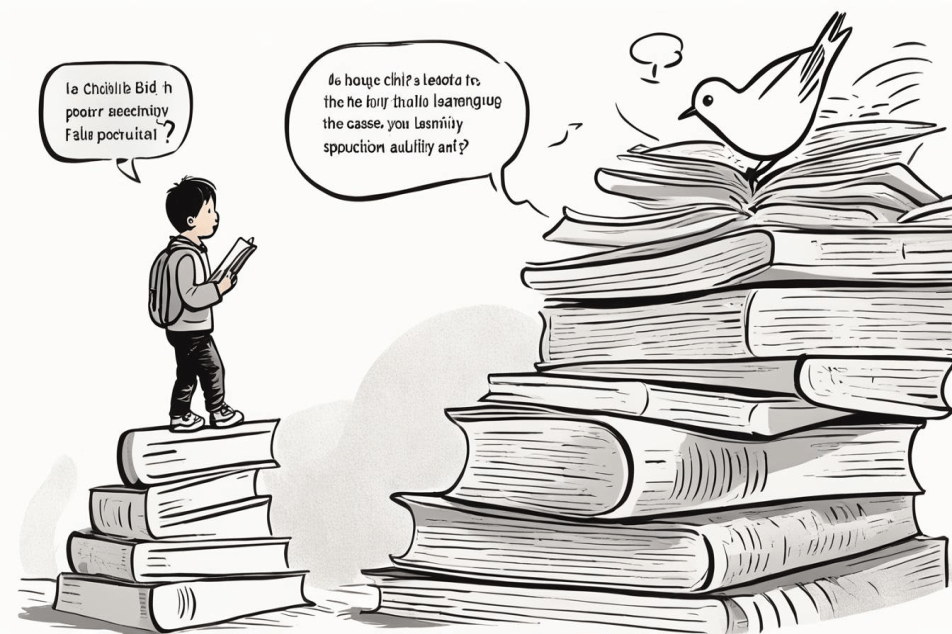
The path to managing chronic pain is tough for autistic teens. They face unique hurdles, like sensory sensitivities. It's crucial they find doctors who understand autism. Thanks to Dr Abbie Jordan's work at the University of Bath, there's hope. Her strategies could change how we care for autistic teens, making sure they don't feel alone or misunderstood in their pain.
Understanding Chronic Pain in Autistic Teens

Chronic pain affects neurodivergent teens in unique ways. Studies show that autistic traits and ADHD symptoms are more common in these youth. Understanding their pain means knowing how sensory experiences can worsen it. This is because sensory processing issues are common in those with Autism Spectrum Conditions (ASC) and Sensory Processing Disorder (SPD).
For neurodivergent adolescents, it's vital to integrate mental health support. This approach helps manage their chronic pain effectively. It acknowledges the significant overlap between their sensory issues and pain.
Exploring sensory-sensitive interventions:
- Understanding autistic teens' sensory sensitivities is crucial for empathetic pain management.
- It's important to have structured mental health support for neurodivergent adolescents. This helps when they face both chronic pain and emotional distress.
- Creating care teams that know about neurodiversity and chronic pain ensures complete care.
To help autistic teens with chronic pain, therapists and healthcare providers must use various techniques. Mental health support is key in this process. Exploring sensory-sensitive interventions can greatly improve their well-being and life quality.
The Importance of Personalized Pain Management Strategies

Autistic teens facing chronic pain need more than basic strategies. A holistic approach, tailored to neurodivergent individuals, can improve their lives greatly. It includes understanding their unique ways of processing the world. This leads to treatments that are both kind and effective.
Recommendations from the University of Bath Study
The University of Bath study stresses customizing pain management for each person.
The study suggested:
- Developing information resources that are individualized and easily accessible.
- Incorporating visual aids that help convey information in a clear and understandable manner.
- Adopting a slower, more deliberate pace during clinical sessions to accommodate processing speed and reduce cognitive overload.
Adopting these methods helps create a caring environment. It meets the diverse needs of teens in pain.
Challenges of Standardized Treatment
Standard treatments often miss what autistic teens need.
Autistic teens face these issues:
- Difficulty with the imaginative aspects used in some therapies due to sensory processing differences.
- Limited efficacy of approaches that do not consider neurodiversity in their design.
- A potential mismatch between standard treatment protocols and the individual's preferred communication style.
Recognizing these hurdles is key to better chronic pain management.
Utilizing Visual and Written Communication Aids
Visual and written aids are crucial for autistic teens. They help bridge the gap with standard pain management.
Here are some examples of visual and written aids:
- Charts and graphics that breakdown complex information.
- Written instructions complementing verbal explanations.
- Visual schedules and checklists to assist with routine and medication adherence.
Autistic Teens and Navigating Chronic Pain: The Clinical Approach

Teens with autism spectrum disorder face unique challenges with chronic pain. They need treatments that respect their special sensory needs. It's crucial for healthcare workers to have the right tools to help these adolescents. A multifaceted approach is ideal for dealing with chronic pain in this group.
It helps to give teens both written and visual information on managing their pain. This approach honors their learning styles and helps overcome communication barriers in clinics.
Here's what clinicians can do:
- Give out clear, easy-to-understand handouts on chronic pain. Make sure they suit young patients on the autism spectrum.
- Use infographics and diagrams. These are great for teens who find spoken instructions hard.
Scheduling needs to consider autistic teens' slower processing times. Proper timing can make pain treatment more effective. They won't feel rushed or confused.
- Make sure there's enough time for appointments. This lets teens communicate better and understand their treatments.
- Plan for breaks in interactive sessions. It keeps focus sharp and reduces stress.
Working with parents and caregivers is key. They play a big role in helping with pain management at home.
- Parents' feedback is important. It tells us how well pain management plans work outside the clinic.
- When parents are involved in treatment, they can help fit therapeutic practices into everyday life.
Recognizing the Unique Pain Communication in Neurodivergent Adolescents

It's really important to understand how autistic teens show they're in pain. This is because they might not show it in the ways doctors expect. Knowing the different ways they express pain helps doctors treat them better. This means being very observant and adaptable when working with these teens.
Helping neurodivergent teens is more than just figuring out when they're in pain. It means responding in a way that matches how they communicate. For example, if an autistic teen laughs, it might mean they're actually in pain. Understanding these signals allows for better pain management, which makes care more kind and effective.
New guidelines have been made to help with this issue. They stress the need to understand how autism affects communication about pain. By following these new approaches, doctors can offer the right support. The goal is to make sure these teens are listened to and their pain is properly managed. This helps create a caring environment for them.
In your opinion, why is it essential for society to prioritize support and understanding for autistic teenagers who experience chronic pain?








